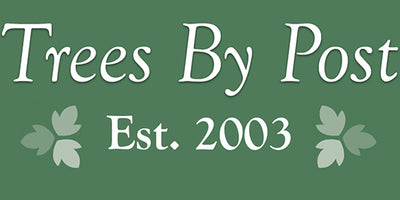Sending a Christmas Tree Gift this Christmas really is the gift that keeps on giving
The gifting of trees during the Christmas season has gained popularity as a sustainable and meaningful gesture. Trees by Post offers a diverse range of Christmas tree gifts that can be sent to friends, family, and loved ones, allowing recipients to plant them in their gardens. This practice not only enhances the aesthetic value of outdoor spaces but also contributes positively to the environment.












